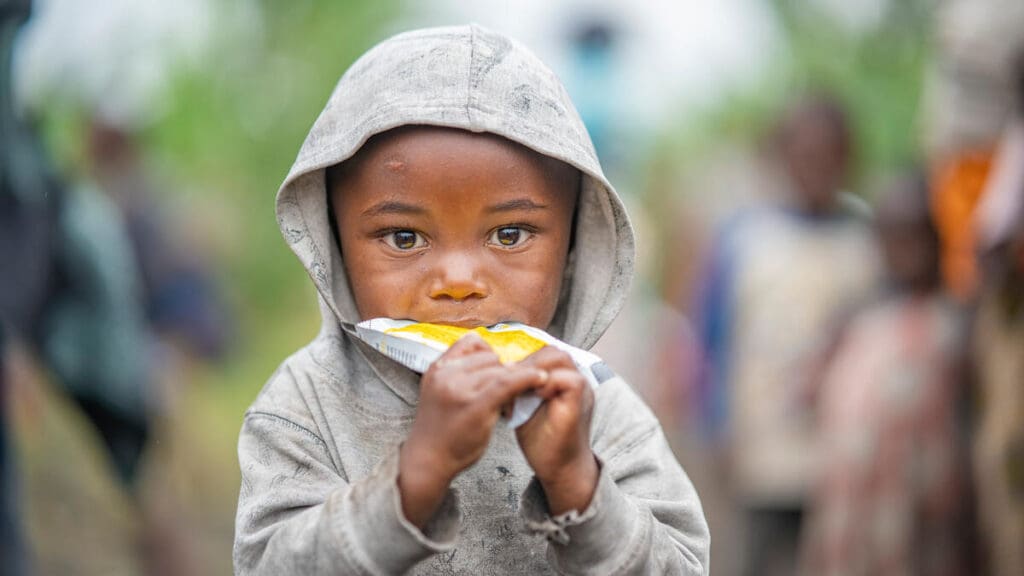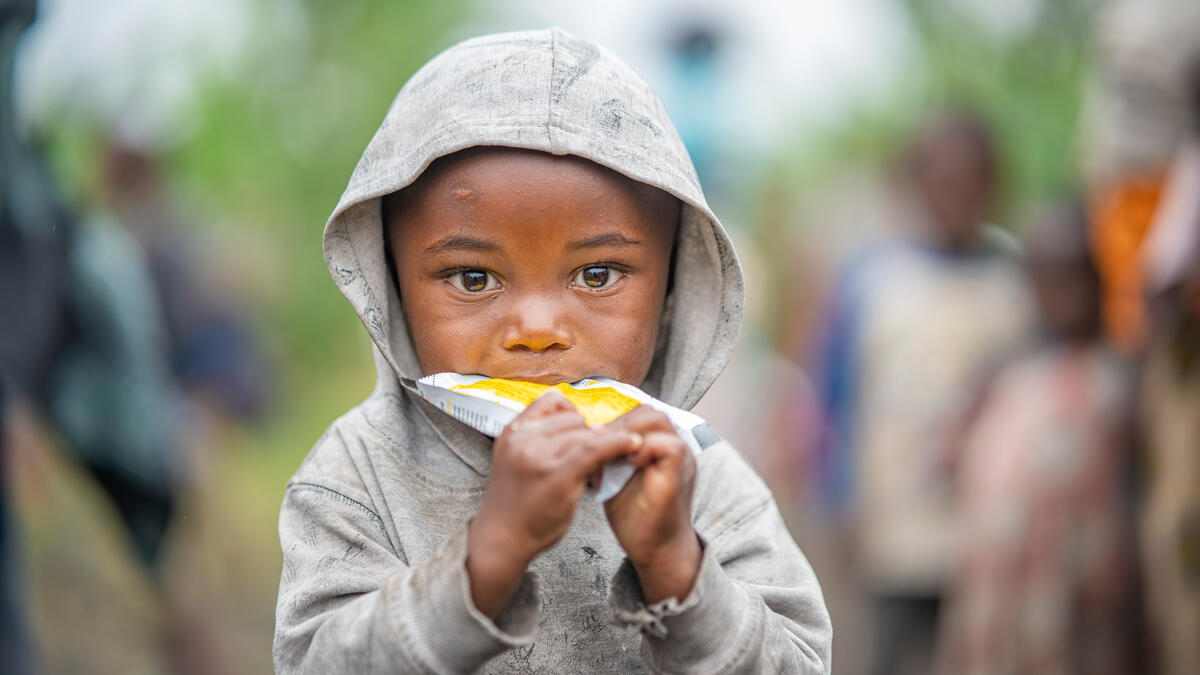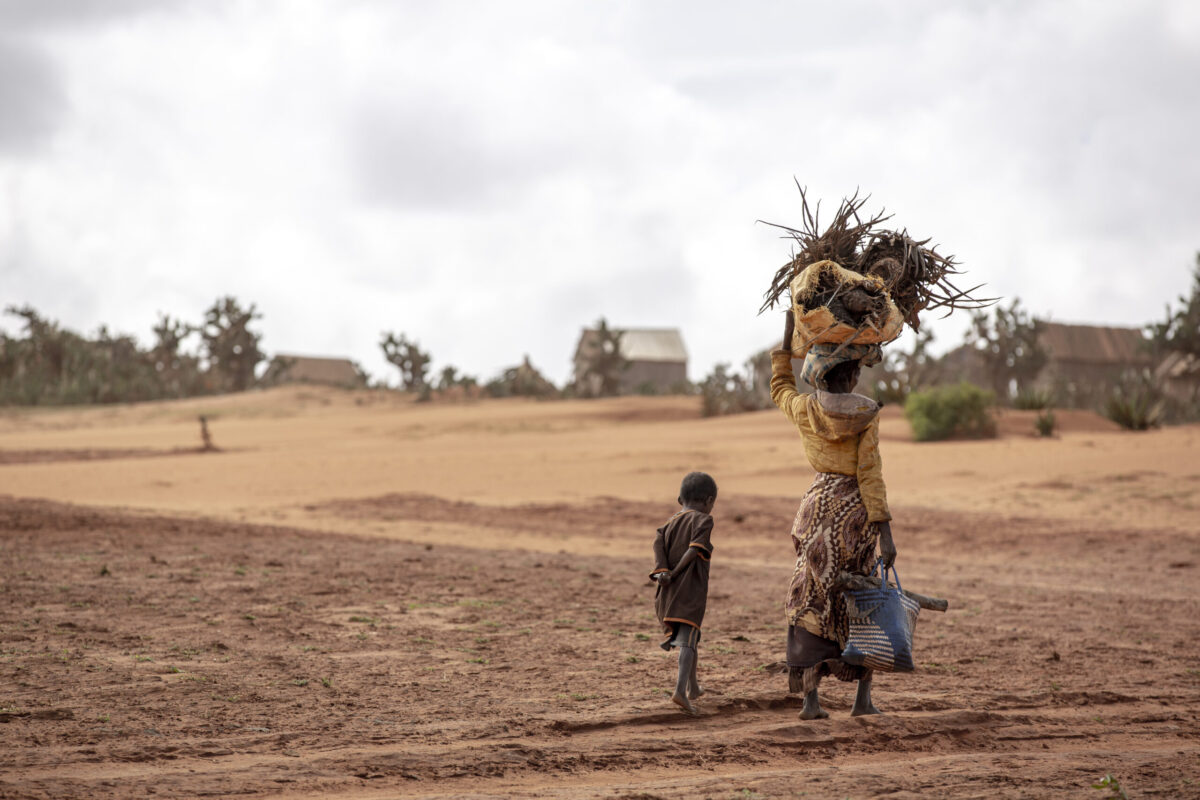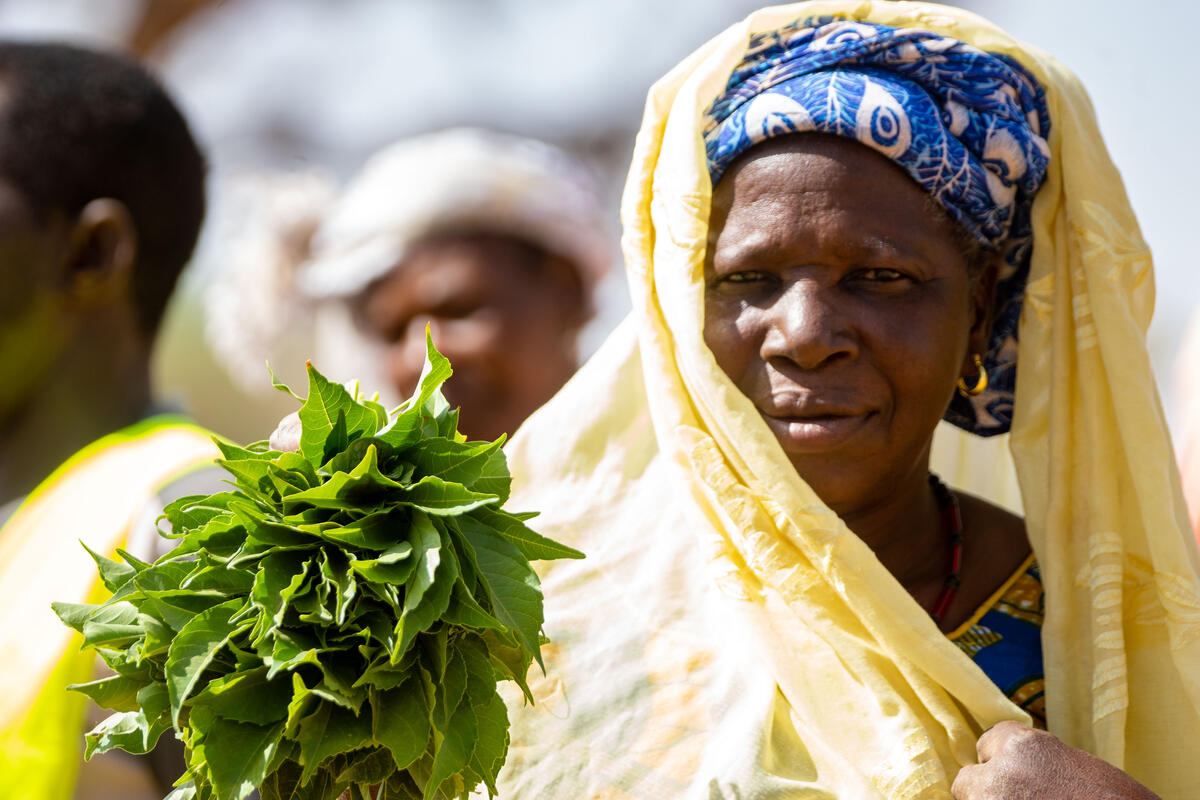Recent Studies Support Dangerously Hungry’s Link Between Food Insecurity and Conflict

In April of this year, World Food Program USA launched a new report titled Dangerously Hungry: The Link Between Food Insecurity and Conflict. The report provides evidence showing that conflict not only produces food insecurity, but that food insecurity also produces conflict. After identifying and reviewing 60 peer-reviewed academic journal articles published since 2017, Dangerously Hungry linked 12 specific drivers of food insecurity (e.g., crop yields, food prices) to eight distinct types of instability and conflict ranging from protests and riots to civil war.
The report grouped these drivers of hunger into three wider buckets: the climate crisis, resource competition and economic shocks. When one or more drivers is combined with an individual motivator to choose conflict over peace — such as economic desperation, flaring up of a pre-existing grievance or a loss of trust in government — the conditions become ripe for food-related instability. Dangerously Hungry acknowledges the nature of food-related instability is complex but provides a helpful framework to conceptualize conflict driven by food insecurity.
Dangerously Hungry was the first in a cascade of research on the relationship between food and conflict this year from international organizations. These new publications examine different causal elements of food-related instability and further contribute to our understanding of the feedback loop between hunger and conflict. Let’s look at a few of them more closely.

According to Dangerously Hungry, as the world’s population rapidly urbanizes so too will food-related instability in the form of riots and protests.
Drought-Induced Hunger Leads to Conflict in Central America
Dangerously Hungry articulated that as the world’s population rapidly urbanizes, so too will food-related instability in the form of riots and protests. This is because city-dwellers typically have greater access to social networks through which they can coalesce around their shared grievances and mobilize to express those grievances. In early April, Nature Water published a peer-reviewed article titled Exploring the Water–Food Nexus Reveals the Interlinkages with Urban Human Conflicts in Central America that substantiates this finding. Across different datasets from Central American countries, the authors found that drought-induced water shortages drove hunger in major cities. This rise in hunger was correlated with a rise in conflict across the region.
In Central America, strengthening food supply chains improves livelihoods and reduces the risk of conflict by sustaining access to food for urban dwellers despite rural shocks.

Urban hunger is more likely to cause food-related instability because city-dwellers typically have greater access to social networks, can coalesce around their shared grievances and mobilize.
Improving Social Protection Systems Can Help End the Hunger-Conflict Link
Dangerously Hungry showed that improving social protection not only builds resilience to sudden-onset food crises, but also improves trust in government. This reduces the likelihood of a person choosing conflict over peace when food insecurity occurs, especially when that hunger is driven by rising prices.
In April, the International Food Policy Research Institute (IFPRI) launched their annual Global Policy Report which showed that the frequency, severity and complexity of modern food crises are fundamentally changing. IFPRI’s Global Policy Report states that most people experiencing food insecurity in 2022 resided in areas of protracted and overlapping climate crises compounded by conflict. IFPRI argues that the changing nature of these crises calls for updated policy approaches, including improved early warning and social protection systems as well as strengthening governments to implement and administer those programs.

Climate-resilient food systems can foster peace and food security.
Climate Change and Migration Fuel Food-Related Instability
Dangerously Hungry captured the tremendous growth in research over the past half decade on climate change’s impacts on food-related instability. In mid-April, the United Nations World Food Programme (WFP) and Adelphi released a case study titled Climate, Peace and Security Study: Uganda, West Nile sub-region. The study showed that drought-induced strain on local food resources in the region combined with the influx of refugee populations fleeing violence has the potential to grow into a communal conflict. The study also examines how climate-resilient food systems can act as a peacebuilding mechanism and bolster food security.

In Burkina Faso and Niger, WFP’s FFA projects are proven to strengthen social cohesion.
Community Projects Reduce Risk of Conflict and Improve Food Security in Burkina Faso and Niger
Social cohesion is critical when considering the relationship between food and conflict because it is often a social grievance combined with a disruption in food availability that sparks conflict, according to research in Dangerously Hungry.
In early July, IFPRI and the U.N. World Food Programme released a working paper titled Sahel Social Cohesion Research in Burkina Faso and Niger. This paper examined the effect of the U.N. World Food Programme’s Food for Assets (FFA) projects on individual and community relationships. FFA programs provides food and/or income in exchange for participants’ work on critical infrastructure projects, such as restoring degraded land or building irrigation systems. The authors found that FFA projects not only fostered short and long-term food security, but facilitated intra- and intercommunity bonds as participants worked with each other to reach a common goal. The authors also found that FFA ensured more equitable access to food production infrastructure and sustained community involvement.
###
These new publications are joining a rapidly growing body of literature on food insecurity’s relationship with conflict. Dangerously Hungry’s release provided a critical review of this literature and provides a framework for understanding the food-conflict nexus. Any new insights gleaned from this body of research, whether from a broad lens like the IFPRI Global Report on Food Crises or through specific country case studies, are valuable tools to equip policymakers to tackle this pressing global challenge. To be sure, one of the best ways to ensure global stability is to feed someone that cannot feed themselves or their families.
Tia Carr is a public policy associate at World Food Program USA. She formerly served in research positions with the CSIS Global Food Security Program and the Global Policy Institute at Loyola Marymount University.




